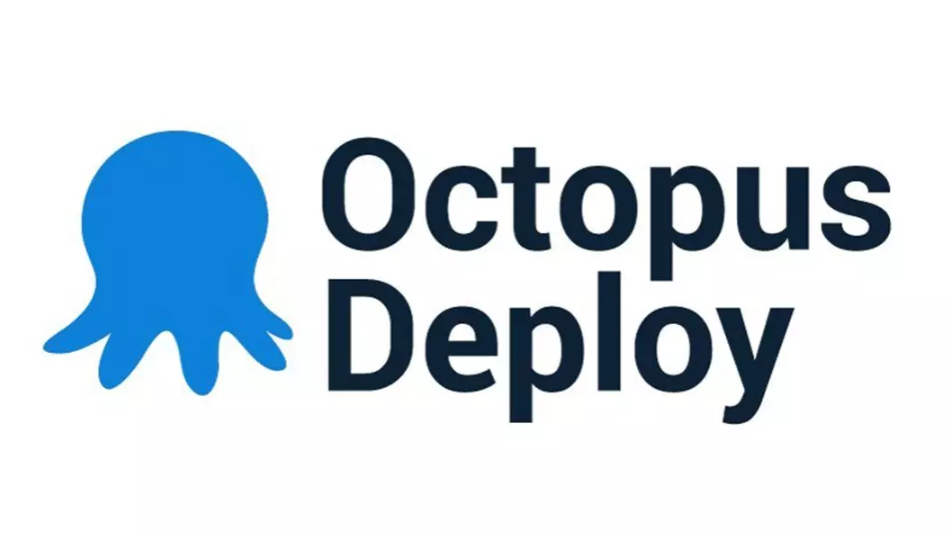 CLOUD
CLOUD
 CLOUD
CLOUD
 CLOUD
CLOUD
Startup Octopus Deploy Pty Ltd. is enhancing its Kubernetes capabilities to simplify software deployments in the most complex scenarios at large scale, using a combination of ready-made blueprints and automation features.
The company offers a wide selection of application and software deployment tools for both on-premises and cloud environments, helping developers automate the launch of new updates and manage them more effectively.
Octopus Deploy’s platform simplifies deployments by reusing configuration variables, environment definition, application programming interfaces keys, connection strings, permissions and automation logic, helping developers and operations teams to collaborate and ship software with more confidence that things won’t break.
In the case of Kubernetes, deployments can be especially complex and hard to manage. The open-source software is used to manage containers that host the components of modern applications that can run on any platform, and though deployments can start off fairly simple, the complexity increases exponentially as it scales. Kubernetes is typically used by multiple teams to manage different applications, and that means there are many moving parts to consider.
Octopus Deploy provides some unique features to help teams get to grips with Kubernetes deployments, modeling the configuration of multiple environments or tenants to ensure a smooth transition from one stage to another, such as testing to production. It also provides Kubernetes configuration templates that can be used to quickly setup any new deployment involving multiple applications.
With its latest update, Octopus Deploy is adding a bunch of Kubernetes-native features that will make it even easier to manage multiple deployment pipelines for applications running on Kubernetes. They include built-in steps for Kustomize, Helm and plain YAML, the human-readable data serialization language for writing configuration files.
The update also adds the ability to source configurations from Git, while the new Kubernetes Object Status feature will provide live updates during the deployment process, enabling teams to verify the status of objects and identify any deployment errors early. Finally, there are Advanced Container Image References that can be used to substitute package version variables, eliminating the need to update the configuration files every time a new image is released.
Octopus Deploy Senior Vice President of Product Colin Bowern said developers have the choice of combining multiple open-source deployment tools, or switching to Octopus Deploy, which bundles the best such offerings together and throws in proprietary features. “We are committed to making Kubernetes deployments painless for platform and engineering teams, all while meeting the complex requirements from stakeholders,” he added.
The startup stressed that environmental progression is one of the core concepts of its platform, with teams able to deploy to any cluster, tenant and environment using a single process. Its dashboard provides full visibility into each deployment, while enabling administrators to limit access to certain projects, environments and infrastructure to strengthen security.
“We already have a great deployment tool that will become even better,” said Chief Executive Paul Stovell. “Looking ahead, our product innovation team will soon introduce more advanced Kubernetes deployment capabilities and initiatives.”
Support our mission to keep content open and free by engaging with theCUBE community. Join theCUBE’s Alumni Trust Network, where technology leaders connect, share intelligence and create opportunities.
Founded by tech visionaries John Furrier and Dave Vellante, SiliconANGLE Media has built a dynamic ecosystem of industry-leading digital media brands that reach 15+ million elite tech professionals. Our new proprietary theCUBE AI Video Cloud is breaking ground in audience interaction, leveraging theCUBEai.com neural network to help technology companies make data-driven decisions and stay at the forefront of industry conversations.